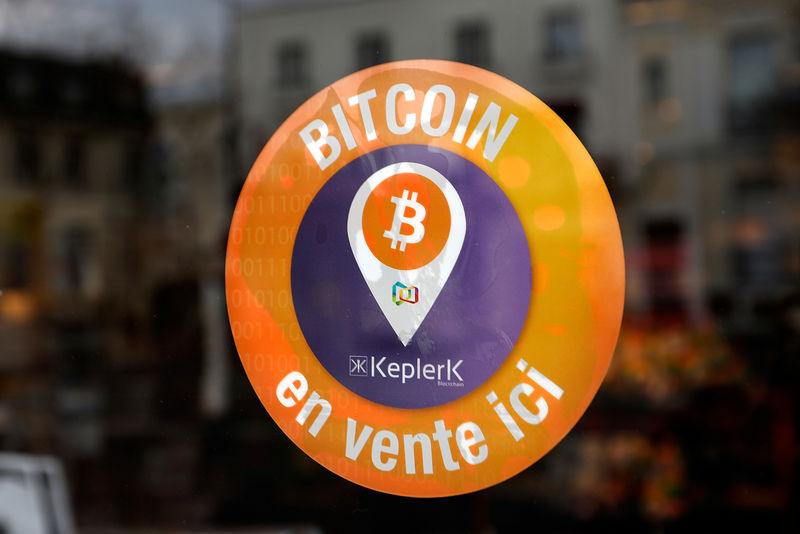PK Press Club – Nine years ago, a “call for death” was launched when its price was only 400 dollars. This negative prognosis, which predicted that Bitcoin was on the verge of collapse, has been proven spectacularly wrong as Bitcoin continues to thrive and reach new highs.
Nine years ago, on January 19, 2016, the Washington Post published an article titled “RIP Bitcoin. It’s time to move on,” announcing the end of Bitcoin when it was valued at nearly $400. Today, Bitcoin has defied that prediction, hitting an all-time high of $108,268 last December.
Bitcoin historian Pete Rizzo highlighted this fact on X, sharing a screenshot of the 2016 article that reflected how the narrative around Bitcoin has changed dramatically over the years. The article’s assertion, made during a time of uncertainty for cryptocurrencies, highlights the stark contrast between past skepticism and current reality.
Bitcoin has been on an incredible journey since that call. Valued at $400, Bitcoin has skyrocketed significantly, currently trading above $103,000. Bitcoin has once again surpassed the $2 trillion mark with a market capitalization of $2.05 trillion. This remarkable growth has been fueled by increasing adoption, institutional interest, and increasing recognition of Bitcoin’s potential as a store of value.
Bitcoin Price Outlook
At the time of writing, Bitcoin was up 6.25% over the past 24 hours to $104,164. At Bitcoin’s current price, it is trading above the one-year average of $90,900 according to Glassnode, indicating that the market remains in a bullish phase, although it has cooled slightly from recent euphoric levels at -above the top band.
Bitcoin outlook remains optimistic; Over the past few days, Bitcoin price action has validated two key levels signaled by on-chain data: support at $89,000, while aligning closely with the short-term holder’s realized price at 88 $500 and resistance just below $98,000, the largest level of accumulation above the spot.
Given Bitcoin’s recent correction, a significant proportion of froth has exited the market, according to Glassnode, while demand remains relatively robust.




